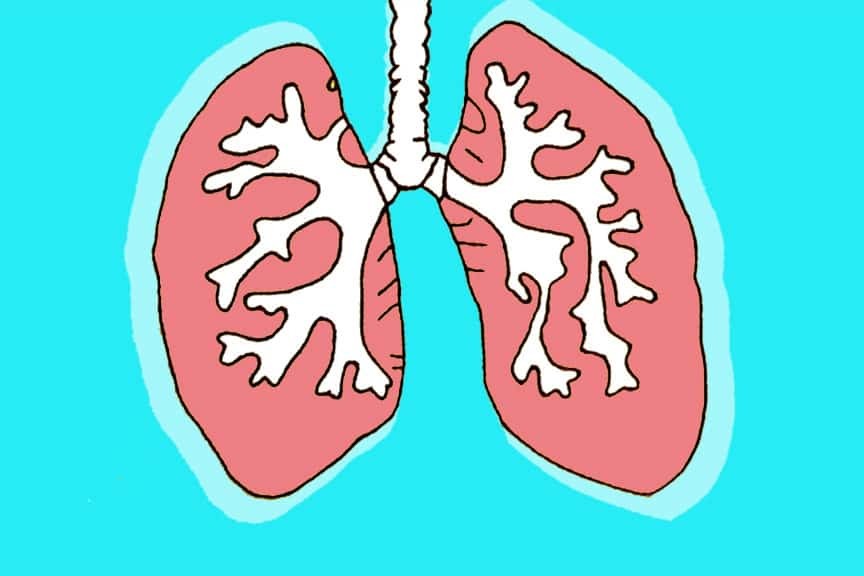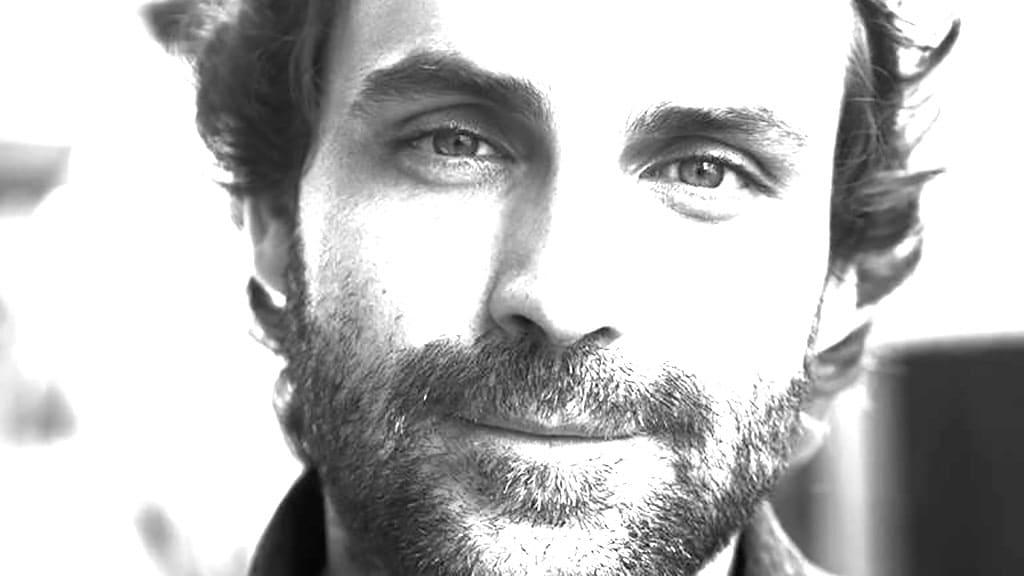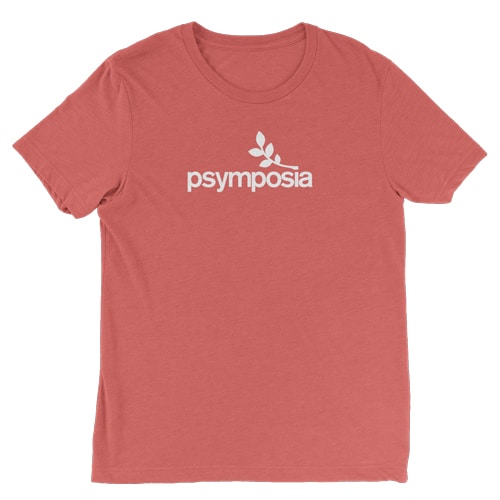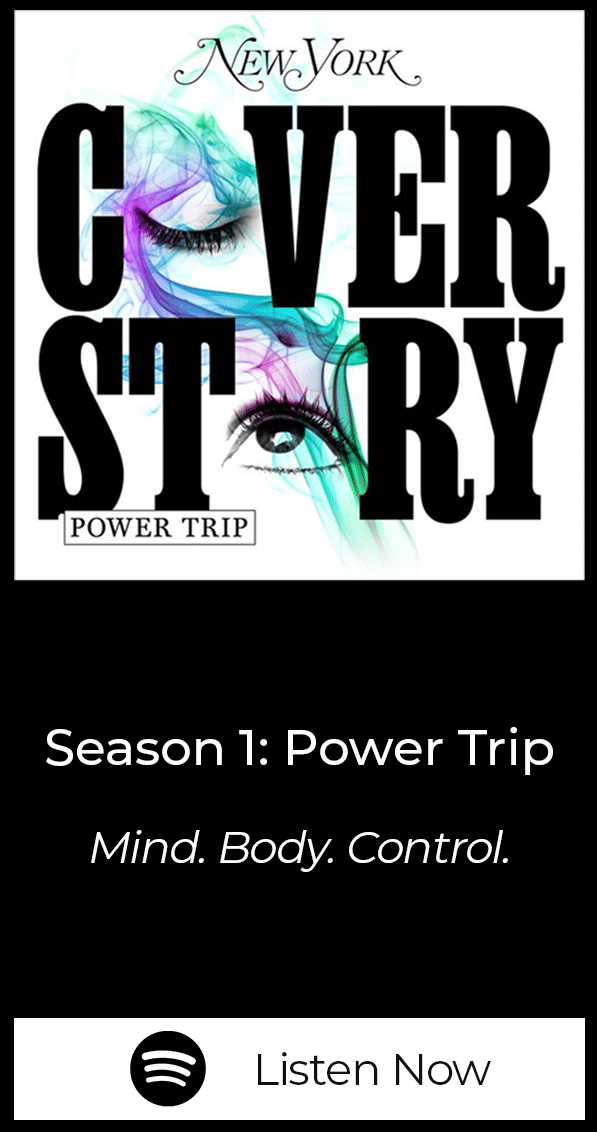Breathe. Breathe. Breathe. An Interview with Iker Puente on Holotropic Breathwork
Holotropic Breathwork is not just a breath technique. It was conceived as a non-drug way of accessing non-ordinary states of consciousness.

Psymposia is a 501(c)(3) nonprofit research and media organization that offers critical perspectives on drugs, politics, and culture. We rely on contributions from our readers and listeners. Your support is vital to sustaining Psymposia.
Support Psymposia’s independent journalism on Patreon and help us drive the Mystery Machine! We’re a bunch of meddling kids who are unmasking the latest shenanigans on the psychedelics beat.
Psychologist, researcher and writer Iker Puente holds a degree in Psychology from the University of Deusto and in Anthropology from the Autonomous University of Barcelona. He obtained his Ph.D. at the UAB with his dissertation “Complexity and Transpersonal Psychology: Chaos, Self-Organization and Peak Experiences in Psychotherapy,” exploring the short and medium-term effects and the subjective effects of different breathwork techniques, including Holotropic Breathwork. He has been trained in Gestalt Therapy, Integrative Bodywork Therapy, Holotropic Breathwork and Transpersonal Psychology. He recently published his first book, “Psychedelic Psychotherapy and Research: Past, Present and Future.”
You’ve been researching Holotropic Breathwork for 10 years. What caused you to devote so much of your life to studying this practice?
I had my first experience with breathwork in 2000, just after finishing my psychology degree. At that moment, I was disoriented and confused at a personal level and also at a professional and vocational level. I didn’t know what to do with my life, basically. I was interested in the field of transpersonal psychology—I just started knowing about that field in 1999 and started doing my first readings of Stan Grof and Ken Wilber books—in psychedelics and in non-ordinary states of consciousness, but I could not imagine at that time that I could devote my professional career to that field.
I knew about a holotropic breathwork session taking place near my town and I participated in a one-day workshop. The experience was very significant for me at different levels: emotionally, psychologically, and also professionally. During the experience, I connected with my emotions in a deeper level than in my daily life, and what I felt during the experience gave me a clear picture of my present moment and gave me some important clues regarding my path. I saw pretty clearly in which direction I wanted to direct my professional career.
After that workshop I decided to continue studying transpersonal psychology on my own and to study a degree in anthropology in order to complete my academic education. I felt that studying anthropology, I would find more content related with the field of transpersonal psychology (like shamanism, the use of different psychoactive plants by different cultural groups, the rites of passage and so on).
During the next three years I participated in a number of breathwork workshops in Barcelona and I completed the anthropology degree. I had a number of deep experiences during my breathwork sessions and I also saw the positive effects of the technique in other people. I realized that there was very little research done on breathwork. So when I decided to start a Ph.D. in 2006, I thought it was a very interesting topic to study.
To be honest, my first choice and intention was to do research in the field of psychedelic psychotherapy, but very soon I realized that it would take me so long to obtain all the permissions that it would delay the completion of the Ph.D. So I decided to move to do research on holotropic breathwork and other breathwork techniques. I already had a contact in Barcelona with the person who was leading the breathwork workshops in which I had been participating [in] during those years, and he was open to do research in the context of his workshops.
Then, in one of those synchronicities that sometimes happen in this field, Stanislav Grof came to Barcelona this same year to present the Spanish translation of his book “LSD Psychotherapy.” I was introduced to him, who was very interested in my project; he even gave me some tips for doing the research. We [stayed] in touch by email during the next months; he sent me some bibliography, and in 2007 he invited me to a one-week holotropic breathwork workshop that he was doing near New York to do a pilot study and collect some data. I found the field really interesting, and since then I have had access to breathwork groups—some of them very large—to do research and collect data, so I have done different studies looking to different things during the last 10 years.

How does Holotropic Breathwork work exactly? What does one experience and what does it do to the body?
Holotropic Breathwork is not just a breath technique; it involves a number of elements besides the breath. The technique was developed by Grof and his wife Christina after two decades [of] working with LSD and other psychedelic substances in psychotherapy. This method was conceived as a non-drug way of accessing non-ordinary states of consciousness.
Holotropic Breathwork is an experientially oriented psychotherapeutic technique that involves diverse elements, including evocative music, elective bodywork and accelerated breathing. It also includes the use of a specific bodywork method, and a specific way of doing the integration of the experience, using the drawing of the experience and a group circle to share the experience at the end of the sessions. The session usually lasts between 2.5 and 3 hours.
The range of the experience that the participants have during a breathwork session is very broad. The breathwork can induce changes on a physical, emotional and psychological level. The content and the course of breathwork sessions varies considerably from person to person and in the same person also from session to session. On a physical level, some people show a very rich motor activity, shaking different parts of the body, for example, and other people stay very quiet. On an emotional level, a very wide range of emotions and emotional states can be observed, from feelings of wellbeing, tranquility and happiness, to anger, sadness, guilt or shame. On a psychological level, we can also see a very diverse variety of experiences.
Regarding the physiological and biochemical mechanisms that might be involved, it is still relatively unknown how the breathwork works and what it does to the body and to the brain.
There are different hypotheses that try to explain those effects. James Eyerman, Torsten Passie and Grof have done research and proposed some hypotheses. Faster breathing brings more oxygen into the lungs, but it also eliminates carbon dioxide (CO₂) and causes vasoconstriction in certain parts of the body. Since CO₂ is acidic, reducing its content in blood increases the alkalinity of the blood (the so-called pH), and in an alkaline setting relatively less oxygen is being transferred to the tissues. This triggers a homeostatic mechanism that works in the opposite direction: The kidneys excrete urine that is more alkaline to compensate for this change. The brain is also one of the areas in the body that can respond to faster breathing by vasoconstriction. The cerebral cortex, being the youngest part of the brain from an evolutionary point of view, is generally more sensitive to a variety of influences than the older parts of the brain. So it seems that this constriction is more accentuated in the cortical layers of the brain than in the subcortical layers. This situation would thus cause inhibition of the cortical functions and intensified activity in the archaic parts of the brain. The subcortical structures and the limbic system are not as much inhibited by the cortex as they usually are, which could explain why people experience more emotions during these states.
What are the benefits of doing Holotropic Breathwork?
Regarding the benefits, first of all I need to highlight that very little research has been done in this field. Grof points at a number of possible positive effects and benefits, based on his own experience during the last decades working with this technique, but from a scientific point of view, these statements are considered anecdotal observations.
Grof points out reductions in the levels of depression and anxiety, improvements in various types of phobias, improvements in the level of self-esteem and self-confidence. To date, few studies have empirically examined the therapeutic potential of holotropic breathwork. However, there is some preliminary evidence of the clinical utility of HB, including the research I’ve been conducting during the last years (Binarova, 2003; Brewerton, Eyerman, Cappetta and Mithoefer, 2012; Eyerman, 2013; Hanratty, 2002; Holmes, 1993; Holmes, Morris, Clancey and Putney, 1996; Pressman, 1993; Puente, 2014a; Puente, 2014b).
Regarding my own research, in one of the pilot studies I conducted I found a reduction in the global psychological distress of the participants, an increase in the meaning in life — the participants perceive their life to be more meaningful after the workshop — and also an increase in a personality trait called “self-directedness”—one of the “character” dimensions in Robert Cloninger´s Temperament and Character Inventory—which is defined as the ability to regulate and adapt behavior to the demands of a situation in order to achieve personally chosen goals and values. Self-directedness is conceptually related to locus of control, and a high self-directedness is associated with internal locus of control. The increase in self-directedness might be indicating that the person is more able to regulate and adapt behavior according to his or her own goals and values.
Are there any risks involved?
It depends on what you mean by “risk.” Since the technique involves a wide range of physical and emotional reactions, there are some contraindications. The main contraindications indicated by Grof include the following: It is not advised for persons with a history of cardiovascular disease, including angina or heart attack, high blood pressure, glaucoma, retinal detachment, osteoporosis, significant recent physical injuries or surgery, and pregnant women. Usually holotropic breathwork is also not advised for persons with severe mental illness, seizure disorders or for persons using major medications.
Besides these contraindications, there are no serious risks involved. But we need to take into account that we are talking about a self-exploration and psychotherapy technique, and any type of self-exploration or psychotherapy involves dealing with the dark parts of oneself and connecting with difficult emotions. I don’t think that any kind of psychotherapy is risk-free, or at least free of difficult moments in the process. Besides this, the theoretical framework underlying holotropic breathwork implies that the symptoms must be intensified before they can be healed.
Were you shocked by anything in particular from your findings?
First, one of the interesting findings was that I used similar questionnaires in some of these studies and the findings point out in the same direction—a reduction in the global psychological distress of the participants, an increase in the meaning in life and also an increase in a personality trait called self-directedness.
Another interesting finding is related with the subjective effects occasioned by the breathwork and reported by the participants. I used the States of Consciousness Questionnaire (SCQ) to measure the subjective effects of breathwork, specifically looking to mystical-type experiences, in different workshops (day-long, weekend and weeklong workshops) and in different countries (USA, Russia, Spain), so I have transcultural samples.
The SCQ was developed and administered recently by Griffiths, et al. (2006, 2008, 2011) at the Johns Hopkins University to conduct a number of studies to characterize the mystical-type effects of psilocybin, and has been used to measure the subjective effects of other psychedelics. And, as far as I know, it was the first time that it was used to measure the subjective effects of breathwork.
I found that holotropic breathwork can also occasion mystical-type experiences, and I found it in the different workshops and contexts in which I used it (one-day long, weekend and week-long workshops) and in the different samples of North-Americans, Russians and Spanish. This finding was also very interesting and exciting.
Now I’m comparing the subjective effects of holotropic breathwork and different psychedelics, focusing especially in comparing the subjective effects of holotropic breathwork and ayahuasca, with some preliminary interesting results.
Hey! Before you go… Psymposia is a 501(c)(3) non-profit media organization that offers critical perspectives on drugs, politics, and culture. We strive to ask challenging questions, and we’re committed to independent reporting, critical analysis, and holding those who wield power accountable.
Our perspectives are informed by critical analysis of the systemic crises of capitalism that have directly contributed to the unmitigated growth of addiction, depression, suicide, and the unraveling of our social relations. The same economic elite and powerful corporate interests who have profited from causing these problems are now proposing “solutions”—solutions which both line their pockets and mask the necessity of structural change.
In order for us to keep unpacking these issues and informing our audience, we need your continuing support. You can sustain Psymposia by becoming a supporter for as little as $2 a month.
Zoë Biehl
Zoë is a full-time writer and editor, holds a BA in anthropology and sociology, and spends her free time petting all the street cats in Tel Aviv.





